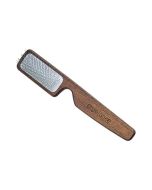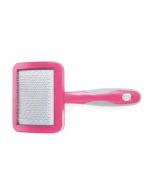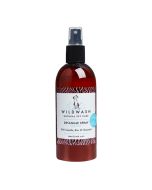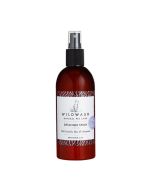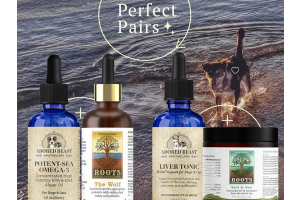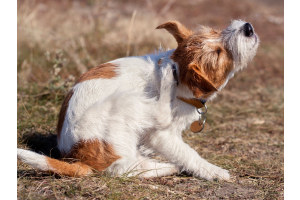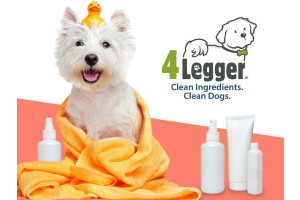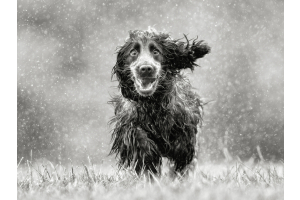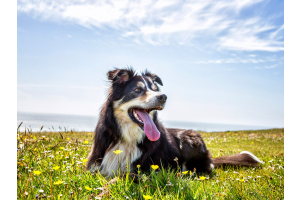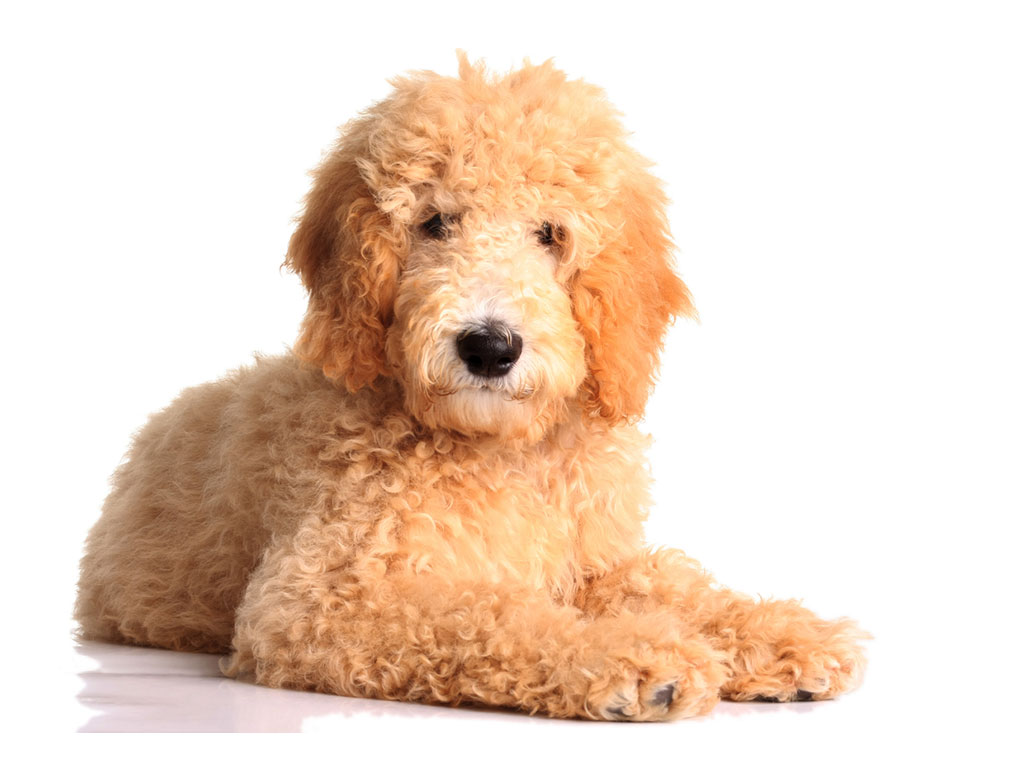
Have you noticed that your pet’s coat seems to be a bit dishevelled? If so, this can actually affect their health as matting in dogs and cats can be a real issue if left unchecked. In this blog, we’re going to show you how matting can affect your pets, what we can do to prevent mats from occurring, and how we can remove them when they do appear.
What is matting? Why can it be a big deal?
Matting is where the hair in your pet’s coat can tangle together and form painful knots. While these little knots seem to be of little consequence at first, they actually cause a lot of discomfort and pain for your pet.
Imagine how uncomfortable it would be for you to have uncontrolled knots throughout your hair. Now imagine that happening all over your body! This is what a matted pet has to live with each day.
Not only does matting cause discomfort, but it can also lead to skin irritation, the trapping of dirt and debris, and prevent your pet from being able to regulate their temperature effectively.
In extreme cases, mats can become so tight that they may begin to cut off blood circulation.
Therefore, dealing with mats early before your pet reaches this state is of the utmost importance. A well-groomed coat leads to a happy and healthy animal!
What causes matting in dogs and cats?
Matting is primarily caused when a pet hasn’t received enough grooming. When dead fur isn’t brushed away from the coat, it can begin to tangle with the live fur. If left alone, it will continue to trap more and more fur, becoming a tighter knot closer to the skin.
Shedding seasons tend to cause more instances of matting because there is a lot of dead hair present. This is why it’s recommended to increase the amount of brushing you do each day during periods of shedding.
There are plenty more factors that can make mats and tangles a more likely occurrence. For example, the breed of your pet can play a major role.
The Poodles naturally corded coat can quickly mat if it isn’t brushed thoroughly each day. Additionally, breeds with fine hair such as the Shih Tzu are also at an increased risk of matting.
As for cats, long-haired breeds such as the Persian or Ragdoll can commonly run into matting. While cats do their best to groom themselves, they sometimes miss areas which can quickly become matted.
More senior cats can have a reduced ability to groom themselves due to arthritis and other painful age-related conditions. Ensure you pay extra attention to your older cats!
Now that we know how matting can occur, what can we actually do about it?
How to remove matting?
If the matting is a minor tangle or knot that isn’t too tight or close to the skin, you should be able to take care of it at home.
First, we’d recommend you get a high-quality brush or comb. You should search for those which are specifically made to help ease out tangles and knots without causing any discomfort to your poor furball.
The Biogance Ergolance Wooden Slicker Brush, Ancol Ergo Aluminium Dog Comb, and the Ancol Ergo Cat Slicker Brush are perfect candidates for this job!
Dentangler Sprays can be useful - such as Wildwash De-tangle Spray for Dogs and Wildwash Detangle Spray for Cats . These can help to loosen the tangles and knots beforehand, making the whole process much easier. You can also use Coat Care from Ingennious Probiotics.
- To begin, give your pet a gentle brush all over in an attempt to find any tangles or knots.
- If you find any, spray a little bit of detangler onto the knot and try your best to gently loosen it with your fingers. Once you’ve done this, you can then try to brush out the offending tangle.
- To do this, hold the base of the mat to prevent any accidental pulling on the skin. Use very small strokes to try and brush out the very top of the mat first, then work down towards the skin.
- Sometimes a mat will simply be too tight or close to the skin for this to work without causing your pet pain. In these situations, the only option is to either trim the knot away or shave that area of the coat. We wouldn’t recommend you do this by yourself as it can come with a high risk of injury to your pet. In cases of severe mats such as these, you should always call your vet or a professional groomer.
Preventing matting in dogs and cats
The best thing you can do for the coat of your pet is to prevent matting from occurring in the first place.
There’s no secret trick to prevent matting – you simply need to ensure that you keep brushing your pet thoroughly each day!
We’d recommend a high-quality brush to help catch as much dead fur as possible. Regular baths can also help to clear any dirt and debris while promoting healthy skin. We sell some great, high-quality, all-natural pet shampoos.
Do all of this and you will have a very happy and healthy pet!
Keep in mind, we have plenty of products to help you keep on top of your pet’s grooming needs. We stock everything from brushes to paw balm! Be sure to check out all the high-quality necessities we have on offer.
You can browse our grooming supplies here for dogs and here for cats!
We hope this article has given you everything you need to know about matting in pets. We could all be doing a bit better for our pet’s coats, so let’s try and give them the attention they deserve!
